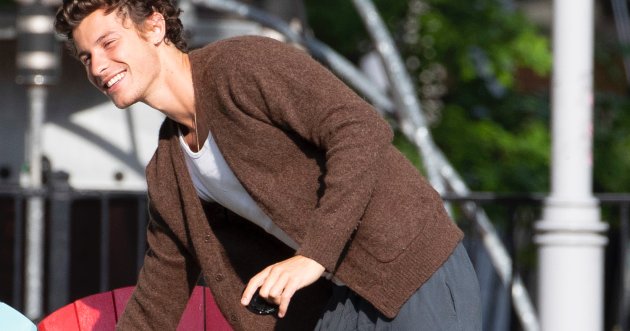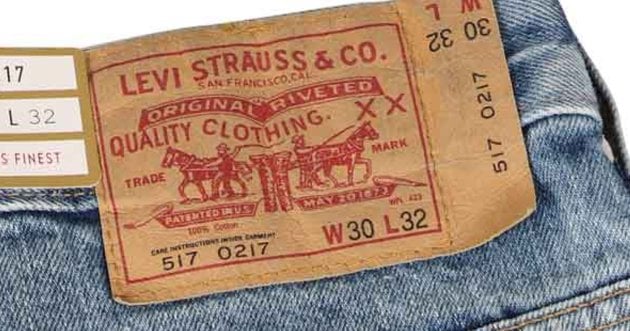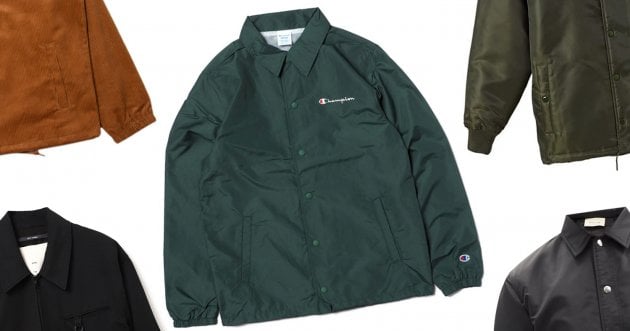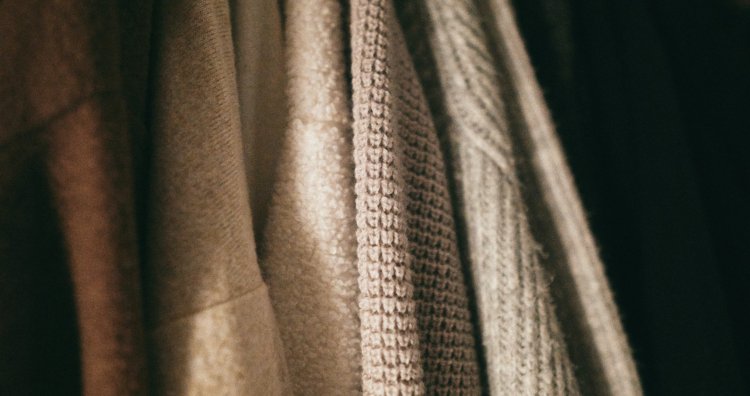
When researching knitwear that does not pilling, the advice to choose cotton material stands out, but there are many who feel that this is not enough. Such people may be thinking, “I don’t want to choose a knit that will develop furballs after only one or two wears,” or “I want a knit made of a material other than cotton that is not prone to furballs. For those who have such needs, we will introduce a slightly maniacal “how to identify knits that do not easily furball.
Suponsered by
Knitwear that does not pilling is identified from three perspectives!
To begin with, a furball is a mass of tangled fibers that are ejected from yarns due to friction. If fibers are not ejected from yarns, knitwear will not have furballs, so manufacturers and brands are developing yarns that do not emit fibers from various perspectives and adopting innovations. The following three are representative examples.
Perspective on selecting knitwear that does not produce furballs (1) “Select a material with long fibers.
The most important factor to consider when selecting knitwear is the material. It is said that knitwear made from materials with long fibers before being made into yarn is less likely to pop out fibers and thus less likely to form furballs. Cotton is a typical material with long fibers, so it is often said that “100% cotton knitwear = less likely to form pilling. Other natural vegetable materials such as “hemp” and “silk” are also said to have long fibers and are less likely to form pilling. Conversely, knitwear made from short woolen yarn, known as spun wool, is prone to pilling because the fibers tend to pop out. However, knitwear made of spun wool has an appealing fluffy appearance and high heat retention properties, and is often used by top brands, so knitwear made of materials that easily pop out fibers is not necessarily inferior.
The reason synthetic fiber knitwear is prone to pilling is due to the structure of the yarn.
After reading the section above, you may be thinking, “If the knitwear is made of artificial synthetic fibers, wouldn’t that make it less prone to pilling because it seems to be able to be made in any length?” You may be thinking, “Well, if it is an artificial synthetic fiber, I can make it in any length I want. In fact, however, most synthetic fibers such as polyester, acrylic, and nylon have a firmness of their own, so when they are made into yarn for clothing, they need to be processed into a woolly yarn, which is called “woolly yarn. While this gives them a fluffy touch, warmth, and elasticity, it also makes them prone to popping out fibers and forming hairballs.
Perspective on selecting knitwear that does not cause furballs (2) “Select knitwear with high-twisted yarn
One of the techniques used by manufacturers to keep fibers out is “twisting. Twisting is the process of twisting yarns together, and it is said that the stronger the twist, the denser the yarn and the less likely fibers are to pop out. For this reason, knitwear on the market that is said to be resistant to pilling is often made with high-twist yarn. The most commonly used type of yarn is 2-twisted yarn, but brands that are particular about their materials sometimes produce knitwear with 3 to 6 twists of yarn. More twists are not necessarily better, but the amount of material used increases, so the unit price tends to be higher.
Click here for details and purchase
Perspective on choosing knitwear that does not pilling (3) “Choose knitwear with a fuller grain.
The last thing to focus on is the size of the knit loop (degree of knit). A knit with smaller loops and higher density is said to be packed, and the more packed the loops are, the less likely fibers are to pop out and the less likely they are to form pilling. In particular, knitted fabrics with a tight stitch count are in fashion these days, so we recommend that those who want to achieve a highly sensitive coordination check them out without fail.
Click here for details and purchase
2/2GO TO NEXT PAGE
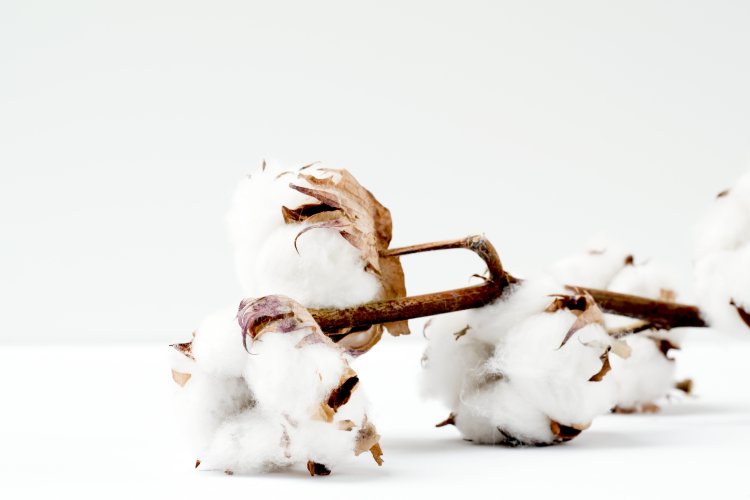

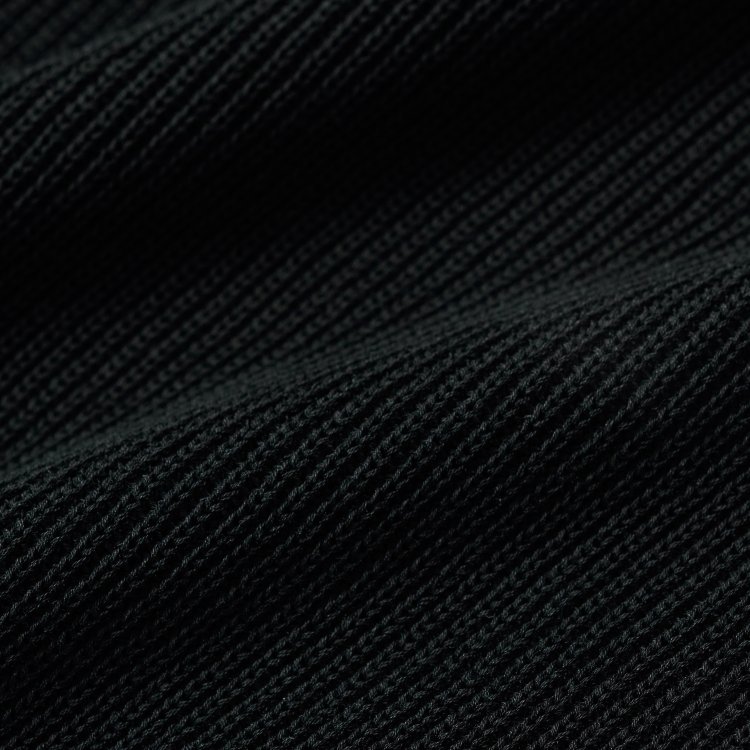

![2024 Newest ] 9 Suggestions for Stylish Knitwear Codes](https://otokomaeken.com/wp-content/uploads/2024/02/06dfb23c62425a19f32408a71c8337e4-630x331.jpg)









